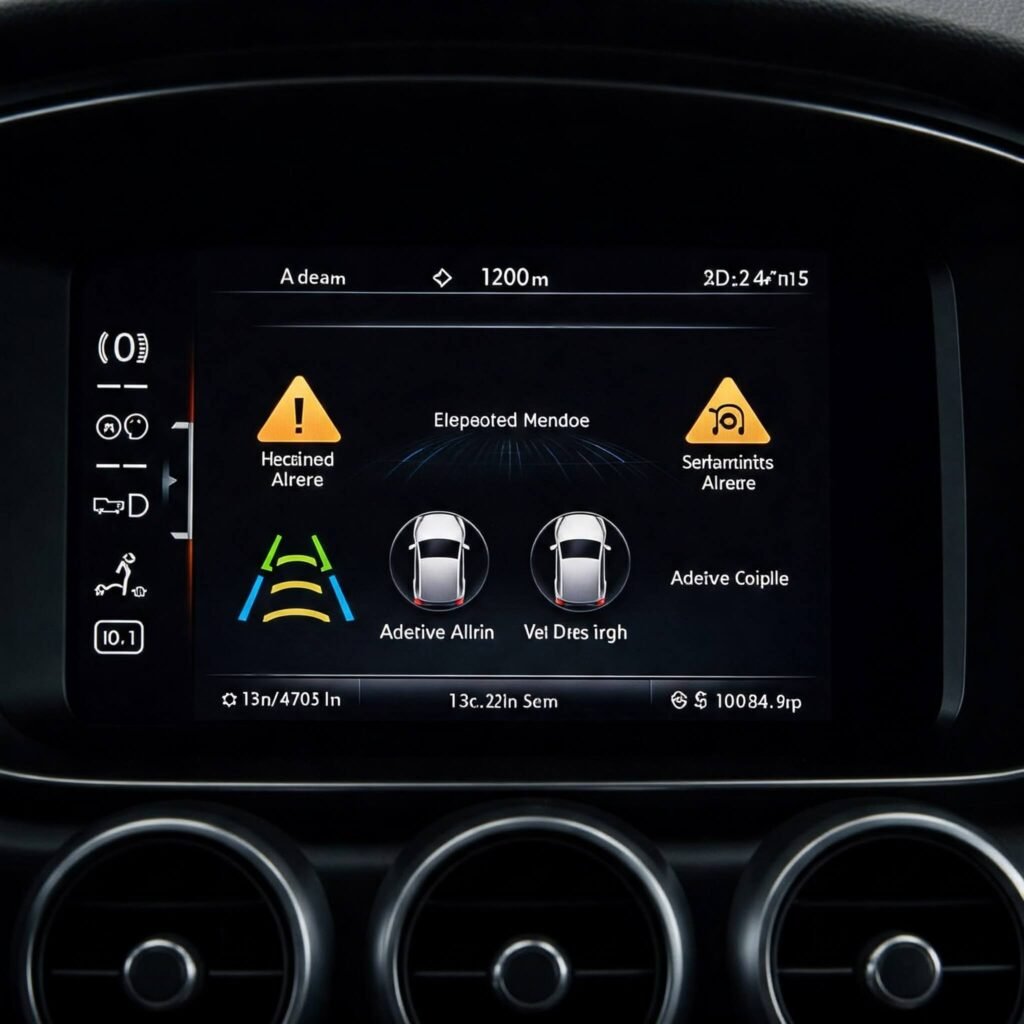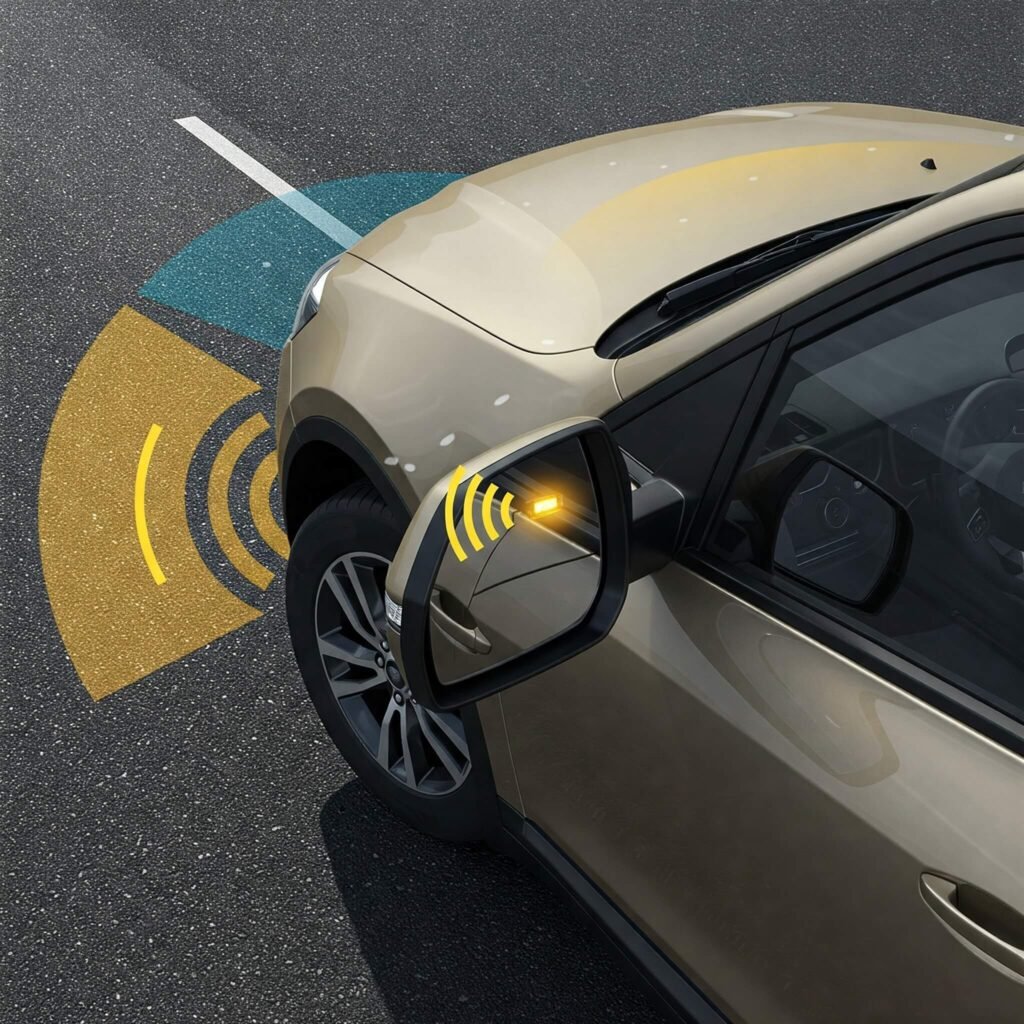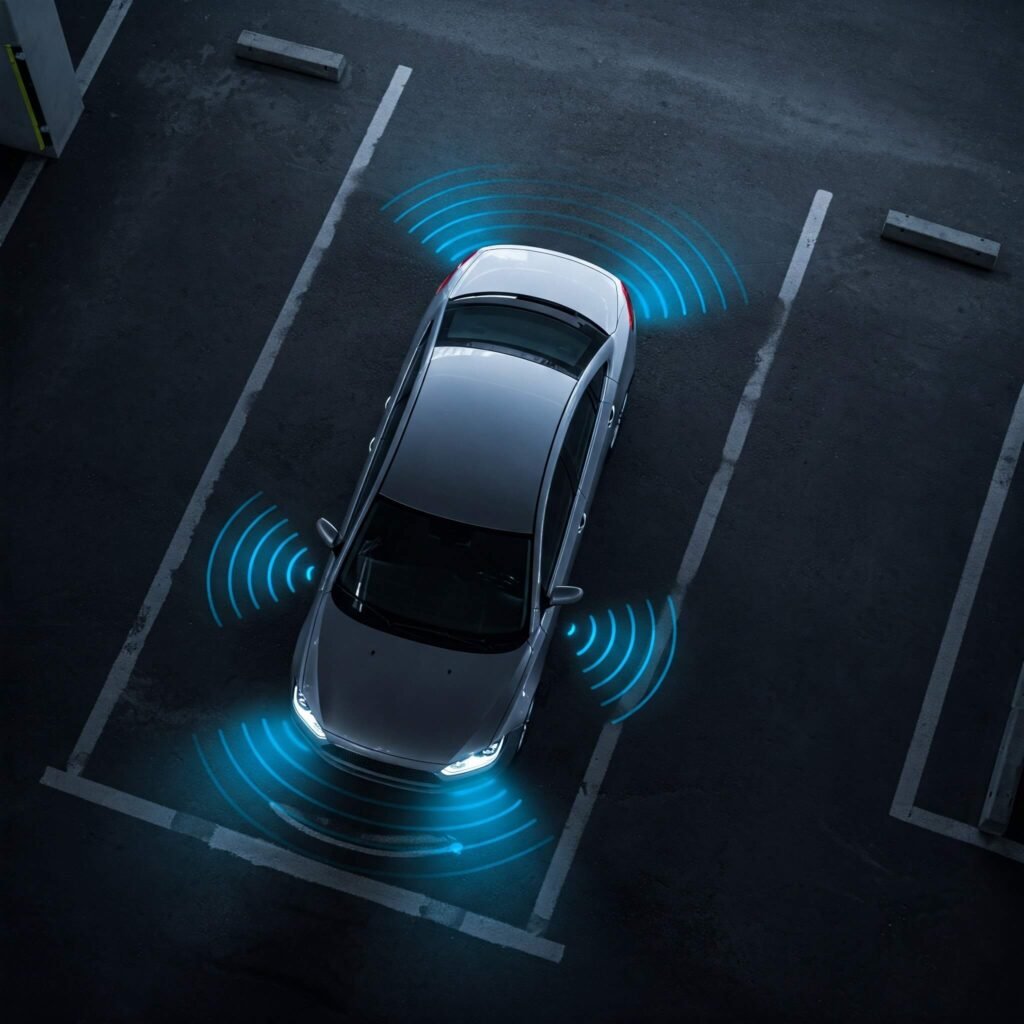Hey there, fellow car enthusiasts and safety-conscious drivers! As someone who’s spent countless hours exploring the ins and outs of the automotive world, I can tell you that the landscape of car safety has been revolutionized by ADAS features. These Advanced Driver-Assistance Systems are no longer futuristic fantasies; instead, they’re increasingly common and can significantly enhance your driving experience and, most importantly, your safety on the road. If you’re in the market for a new car, understanding these ADAS features is absolutely crucial. Therefore, let’s dive into the must-know technologies that should be on your radar.

Understanding the Power of ADAS Features
Fundamentally, ADAS features act as your co-pilot, using sensors, cameras, and radar to perceive the environment around your vehicle and provide warnings or even take action to prevent accidents. They aim to reduce human error, which is a major factor in many collisions. Consequently, knowing which ADAS features are available and how they work can empower you to make a smarter and safer car buying decision.
Must-Have ADAS Features You Can’t Ignore
Here are some key ADAS features that should be high on your priority list when considering a new vehicle:
Automatic Emergency Braking (AEB)
This life-saving ADAS feature monitors the road ahead for potential collisions with other vehicles, pedestrians, or cyclists. Subsequently, if a collision is imminent and the driver doesn’t react in time, AEB can automatically apply the brakes to mitigate or even prevent the impact.
- First, Forward Collision Warning (FCW): Often paired with AEB, FCW alerts the driver with visual and audible warnings of a potential front-end collision.
- Furthermore, Pedestrian and Cyclist Detection: More advanced AEB systems can also detect and react to pedestrians and cyclists, especially in urban environments.

Lane Departure Warning (LDW) and Lane Keeping Assist (LKA)
These ADAS features help prevent unintentional lane departures, which can lead to serious accidents.
- Initially, Lane Departure Warning (LDW): Alerts the driver if the vehicle starts to drift out of its lane without a turn signal.
- In contrast, Lane Keeping Assist (LKA): Goes a step further by gently steering the vehicle back into its lane if it detects a drift. Some advanced systems can even actively keep the car centered in the lane.
Adaptive Cruise Control (ACC)
Traditional cruise control maintains a set speed. However, Adaptive Cruise Control, uses sensors to maintain a safe following distance from the vehicle ahead. It can automatically slow down or even come to a complete stop if necessary, and then resume the set speed when the traffic clears.
- Moreover, Stop-and-Go Functionality: Some ACC systems include a stop-and-go feature, which allows the vehicle to come to a complete stop in traffic and then automatically resume movement when the car ahead starts moving again. This is a huge convenience in congested areas.
Blind-Spot Monitoring (BSM) with Rear Cross-Traffic Alert (RCTA)
These ADAS features enhance your awareness of vehicles in your blind spots and when backing up.
- Firstly, Blind-Spot Monitoring (BSM): Alerts you to the presence of vehicles in your blind spots, typically with a light on the side mirror.
- Secondly, Rear Cross-Traffic Alert (RCTA): When you’re backing out of a parking space or driveway, RCTA can warn you of approaching vehicles crossing your path.

High-Beam Assist
This convenient ADAS feature automatically switches between high and low beams based on the presence of other vehicles, preventing you from accidentally blinding oncoming drivers while maximizing your visibility in dark conditions.
Parking Assist Features
Several ADAS features can make parking easier and safer:
- To begin with, Rearview Camera: Provides a view of the area directly behind your vehicle when backing up, helping you avoid obstacles and pedestrians.
- Next, Parking Sensors: Emit audible or visual alerts when you’re getting close to objects while parking.
- Finally, Automatic Parking Assist: Some vehicles can even steer themselves into parking spaces while you control the acceleration and braking.
(Placeholder for Image 3: A top-down view of a car using parking sensors to navigate into a parking spot.)
Why These ADAS Features Matter to You
Investing in a car equipped with these ADAS features offers numerous benefits:
- Primarily, Enhanced Safety: They can help prevent accidents and reduce the severity of collisions.
- Furthermore, Reduced Driver Fatigue: Features like adaptive cruise control and lane keeping assist can ease the burden of long drives.
- Additionally, Increased Convenience: Parking assist and automatic high beams can make everyday driving tasks less stressful.
- In some cases, Potentially Lower Insurance Costs: Some insurance providers offer discounts for vehicles with certain ADAS features. (Source: Insurance Information Institute)
- Moreover, Higher Resale Value: As these technologies become more mainstream, vehicles equipped with comprehensive ADAS features may hold their value better. (Source: Kelley Blue Book)






































